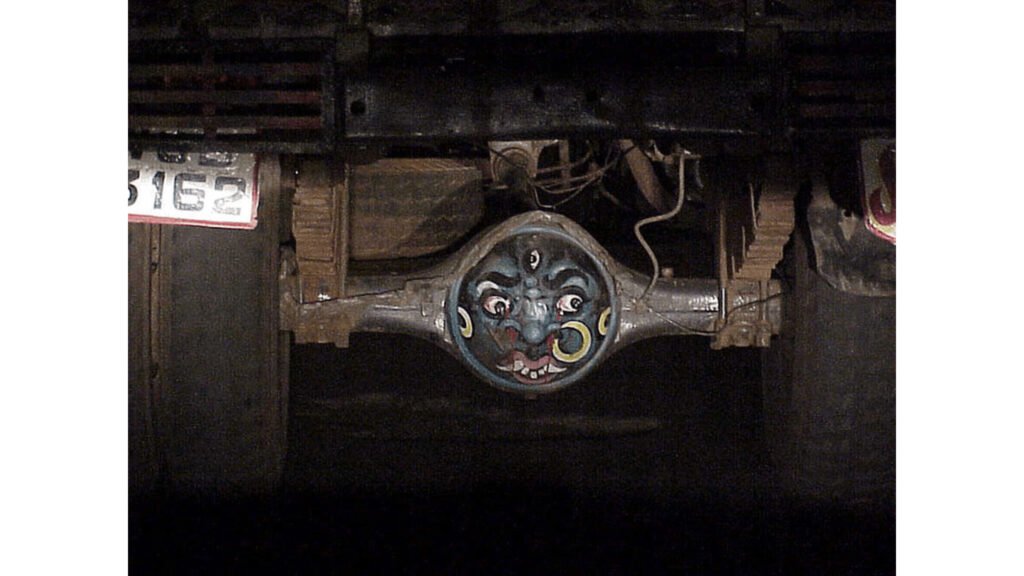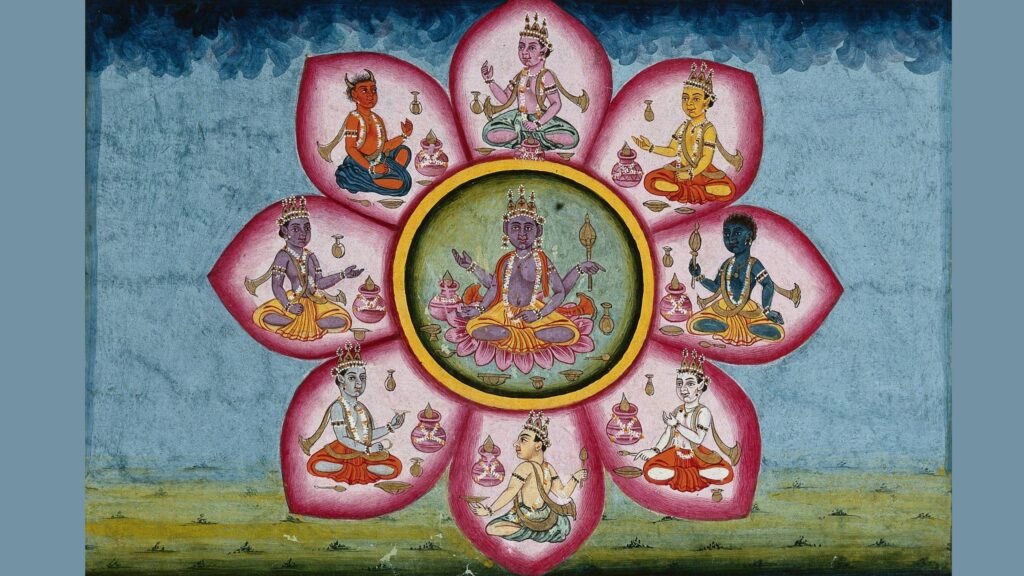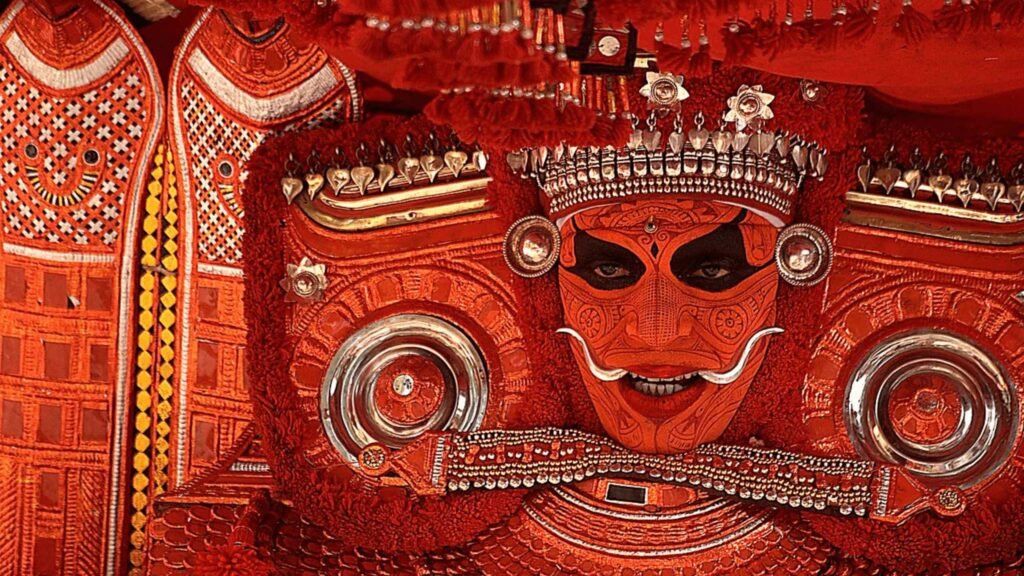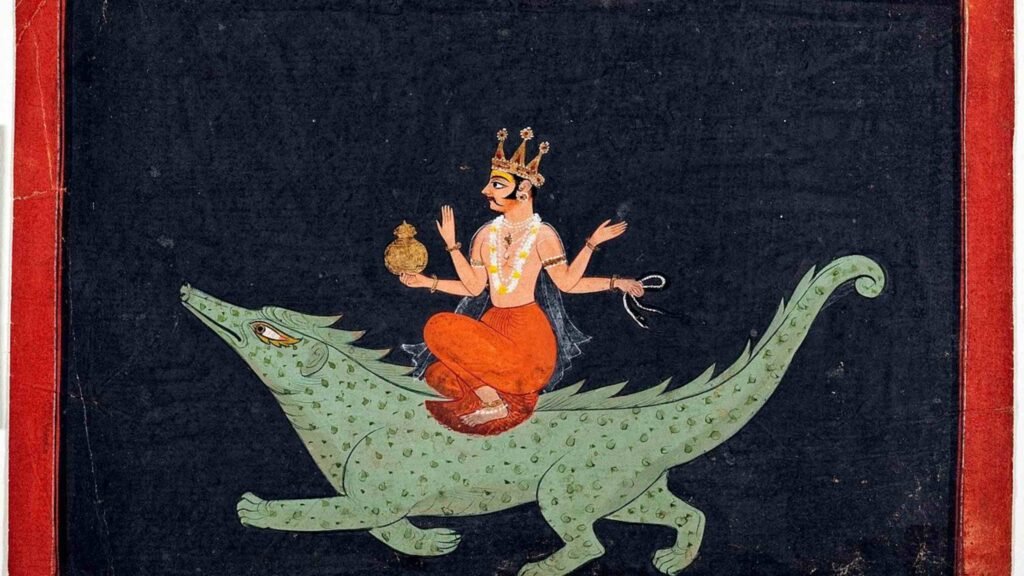Why do good people face terrible misfortunes like sickness or financial ruin? Great civilisations, from the Greeks and the Egyptians, to the Persians, have analysed this question and hit upon the same answer: the evil eye! If a person enjoys success in any way, someone is sure to look at them with a jealous glare, and that unleashes bad energies. Different cultures have coined different words for this phenomenon, like Nazar in Turkey, West Asia, North India, Pakistan; Dhrishti or Kannu in South India; Mal de Ojo in Spanish Latin America; or Al-ayn amongst the Arabs. It is not a coincidence that they all mean “eye” or “sight” or “glare”. Every society has evolved unique rituals to thwart the evil eye. Remarkably, these are practised even today! Let us look at some magic Indian fixes for the evil eye.

A little spot and a few words
The cutest babies are said to be the most vulnerable. When someone admiringly says that a baby is adorable, the dark spirits are apparently immediately alerted! So, mothers in South India paint a large black spot with kajal (eyeliner) on one cheek of the baby. This is a Drishti-Pottu or the “evil eye spot” and it diffuses the attention of the dark spirits. North Indian Muslims practise a different ritual. The moment someone compliments the baby, a family elder usually quickly adds “Masha-Allah”, meaning “God has willed it”. No evil eye can cause harm when God has willed something, right?
A black rope and a monster face
In India, cows are valued assets. Farmers would be financially ruined if the evil eye did something to their cattle. So, they would tie a coarse black rope on the animal to ward it off. Even when farmers upgraded from bullock carts to tractors, this practice continued: they now tie the black ropes on the tractor’s fender. And that practice has rubbed off on cabbies and lorry drivers too!
A lorry driver’s life is tough, driving through unfamiliar districts and sleeping in unknown places. Who knows what the evil eye can do in an unguarded moment? So, many trucks in north India have a Hindi inscription on the rear-flap: “Buri nazarwale, tera mooh kaala”. Translation: “You with the evil-eye, may your face be blackened!”
But what if our evil-eyed monster cannot read Hindi? Some truck drivers paint two large eyes instead of the warning. Some drivers paint hideous monster faces on the truck and this too is said to repulse the evil eye.

An edible charm
When a new bride makes her grand entry into the husband’s house, his family performs the Drishti suthi podarathu, which is Tamil for “rotating and discarding the evil eye”. A solution of water, turmeric and lime is displayed as the bride arrives, and then discarded outside the house. The liquid is believed to absorb and dissipate all negativity. The lovely bride is now supposedly secure from the jealous eyes of neighbours.
Buildings need to resist the evil eye too. In south India, for example, you will notice ash gourds with monstrous faces painted on them. This vegetable is large enough for vivid paintings of demon faces, just scary enough to send evil spirits running. Many shops suspend a lime with seven chillies at the entrance. Apparently, the evil eye gets distracted by the taste of the acidic lime and the spicy chilly and simply forgets to harm the premises.
If you know of any more rituals to ward off the evil eye, do share it with us. We’d love to see just how long this list can get.








